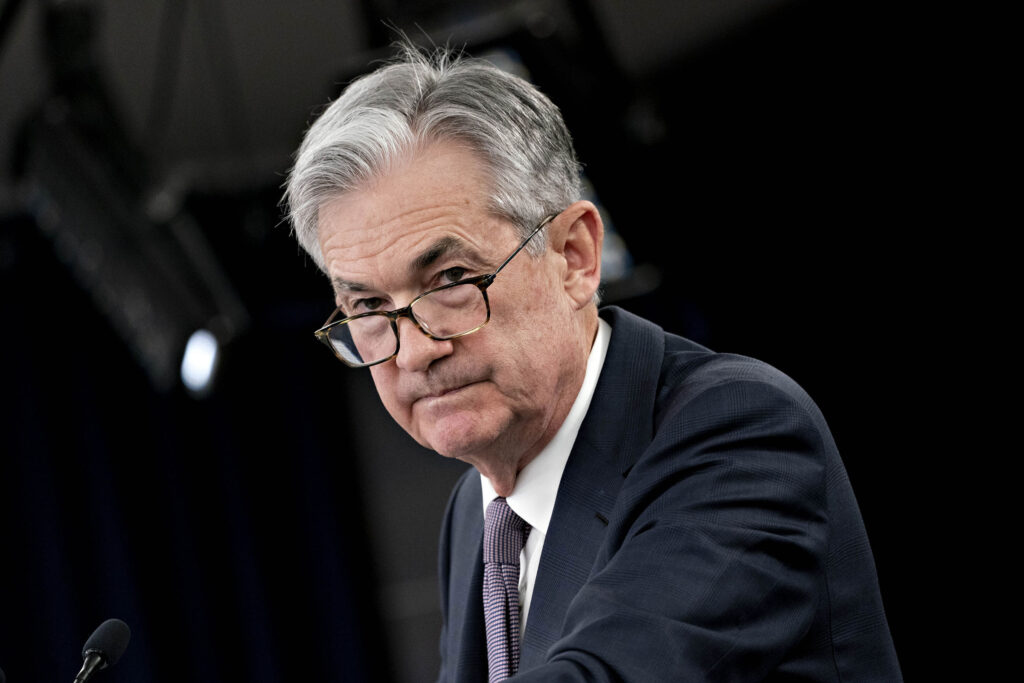Federal Reserve Policy: A Double-Edged Sword for Bitcoin?

The Federal Reserve’s recent actions have sparked debate within the cryptocurrency community. While some see a bullish signal for Bitcoin (BTC), others warn of a potential “perfect price storm” on the horizon. Let’s dissect the Fed’s moves and their potential impact on the world’s leading cryptocurrency.
Accommodative Policy Ends, Bitcoin Volatility Rises
The Federal Reserve, tasked with maintaining economic stability, has signaled a shift from its ultra-accommodative monetary policy implemented during the pandemic. This involved keeping interest rates artificially low and injecting trillions of dollars into the financial system. This easy money environment is believed to have contributed to the surge in Bitcoin’s price in 2020 and 2021.
However, with inflation reaching multi-decade highs, the Fed is now tightening its grip. Interest rate hikes are planned throughout 2024, and the quantitative easing program has concluded. This shift has led to increased volatility in traditional markets, and the crypto market hasn’t been spared. Bitcoin’s price has swung wildly in recent weeks, reflecting investor uncertainty about the new economic landscape.
Bullish Argument: Flight to Scarcity
Proponents of Bitcoin argue that the Fed’s actions could ultimately benefit the cryptocurrency. They point to Bitcoin’s capped supply of 21 million coins, contrasting it with the potentially limitless supply of fiat currencies that can be inflated by central banks. In a scenario of rising inflation, investors might seek alternative stores of value, potentially driving Bitcoin’s price higher.
Furthermore, some argue that Bitcoin could benefit from increased institutional adoption as traditional assets become less attractive. As interest rates rise, bonds and other fixed-income instruments become more appealing due to their predictable returns. However, with the potential for negative real yields (returns not keeping pace with inflation), some institutional investors might look to Bitcoin as a hedge against inflation.
Bearish Argument: Liquidity Squeeze and Risk Aversion
Critics, however, warn of a potential “perfect price storm” for Bitcoin. Rising interest rates tend to tighten liquidity in the market, making it more expensive to borrow money. This could lead to margin calls for investors who have leveraged their positions, forcing them to sell their Bitcoin holdings to meet their obligations. A wave of selling could trigger a downward spiral, pushing the price down further.
Additionally, rising interest rates generally favor risk-off sentiment among investors. When the stock market experiences turbulence, investors tend to flock to safer havens like gold and the US dollar. Bitcoin, with its inherent volatility, might be seen as a riskier asset class, leading to a potential sell-off.
The Verdict: Uncertainty Reigns
The true impact of the Fed’s policy shift on Bitcoin remains to be seen. While the “flight to scarcity” narrative holds weight, the potential for a liquidity squeeze and risk aversion shouldn’t be ignored. The coming months will be crucial in determining whether the Fed has indeed created a “perfect price storm” for Bitcoin or if the world’s leading cryptocurrency can weather the storm and emerge stronger.


